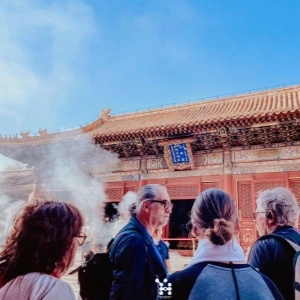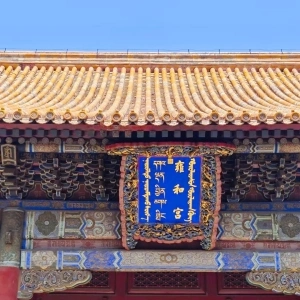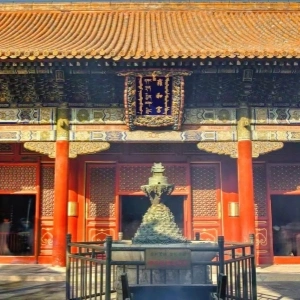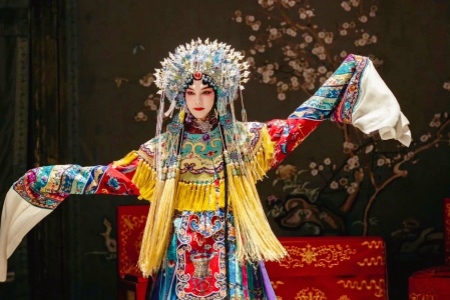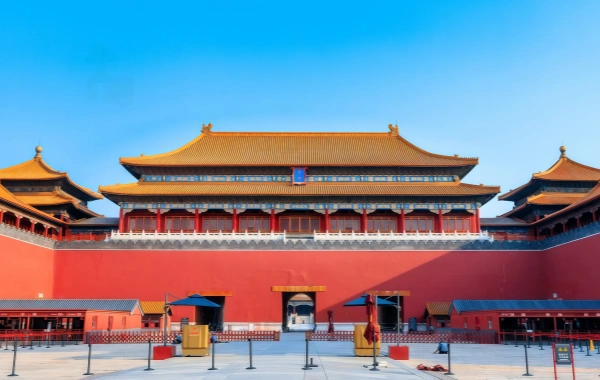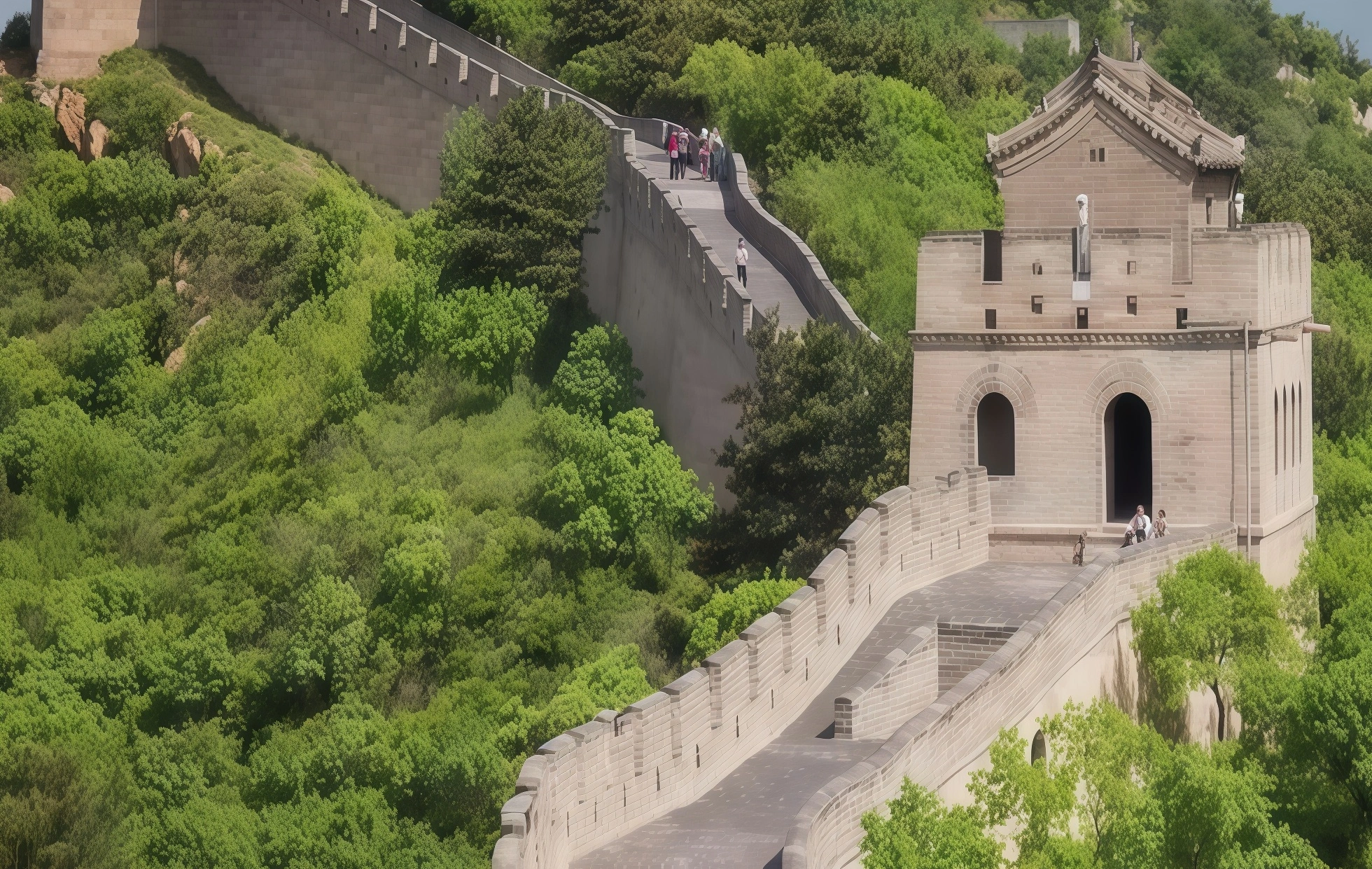The Splendor of Chinese Silk: A Timeless Fabric of Elegance and History
In the rich tapestry of Chinese culture, one thread stands out with a unique elegance and grandeur—the luxurious silk. For centuries, Chinese silk has been a symbol of luxury, elegance, and cultural heritage, weaving its way into the hearts of people across the globe. The history of Chinese silk is as ancient as the civilization itself, and its legacy continues to enchant and inspire generations.
The Origin of Silk
Legends speak of Empress Xi Ling-shi, credited with the discovery of the silkworm and its cocoon, thus initiating the production of silk in China. According to the tale, Xi Ling-shi, also known as Lei Zu or the "Silk Goddess," was intrigued by a silk cocoon that fell into her tea cup while she was enjoying a moment of respite under a mulberry tree. As she watched the cocoon unravel, she marveled at the shimmering beauty of the silk thread and was inspired to create the first weaving methods for silk fabric.
Archaeological evidence supports this rich history, with the earliest known evidence of silk production dating back to the Neolithic period, around 5,000 years ago. In 1926, a half-preserved silk cocoon was unearthed from the Xiyin Village site in Shanxi Province, dating to approximately 3500 BCE. Further excavations in Zhejiang Province and Henan Province revealed silk fabrics, threads, and even early silk-making tools, testifying to the widespread practice of sericulture and silk weaving in ancient China.
The Evolution of Silk Production
Over millennia, the discovery of silk evolved into a sophisticated industry, with techniques and designs passing down through generations of skilled artisans. The process of silk production is intricate and meticulous, beginning with the careful rearing of silkworms that feed on mulberry leaves and spin their cocoons with a fine thread of pure silk. Once the cocoons are harvested, the silk thread is carefully unwound and wound onto reels. This raw silk, known as "shengsilk," then undergoes various stages of processing, including bleaching, dyeing, and weaving, to create the desired fabrics.
The Diversity of Silk Textiles
The beauty of Chinese silk lies not only in its texture but also in its diverse range of designs and patterns. From the intricate floral motifs of the Song Dynasty to the vibrant and abstract patterns of modern times, each design reflects the era and culture it belongs to. The skilled weavers of China infuse their creations with a sense of harmony and balance, ensuring that the silk not only looks beautiful but also feels comfortable to wear.
Chinese silk encompasses a wide variety of textiles, including but not limited to silk gauze, satin, crepe, and brocade. Each type of silk has its unique characteristics and applications, ranging from delicate sheer fabrics suitable for summer clothing to rich, ornate textiles used in formal attire and decorative purposes. The use of silk has transcended mere clothing, finding its way into furniture coverings, wall hangings, and even artworks, where its lustrous surface and intricate patterns add a touch of elegance.
The Cultural Significance of Silk
Chinese silk has always been a prized possession, not just for its luxurious feel but also for its cultural significance. It has been a symbol of wealth and status, often worn by emperors, nobility, and the upper class. In ancient times, silk was also a prized export, with the Silk Road serving as a testament to its global popularity. This ancient trade route, stretching from China to the Mediterranean, facilitated the exchange of goods, ideas, and cultures, fostering economic prosperity and cultural exchange.
Beyond its aesthetic value, Chinese silk also holds a deep cultural significance. It is often used in traditional ceremonies and festivals, symbolizing prosperity, good luck, and longevity. The art of silk weaving has been passed down through generations, ensuring that this ancient craft remains alive and vibrant even in modern times.
Modern Revitalization
In recent years, Chinese silk has undergone a rejuvenation, with designers and artists reimagining its potential in contemporary fashion and art. Modern designs, incorporating traditional motifs with a contemporary twist, have made Chinese silk relevant and appealing to a new generation of consumers. At the same time, the traditional weaving techniques are being preserved and celebrated, ensuring that the legacy of Chinese silk continues to thrive.
Conclusion
In conclusion, Chinese silk is not just a fabric; it is a cultural icon, a symbol of elegance and history. Its rich history, intricate production process, and diverse range of textiles have made it a timeless treasure that continues to captivate and inspire. As the world embraces the beauty and sophistication of Chinese silk, its legacy as a symbol of luxury, craftsmanship, and cultural heritage will endure for generations to come.
If you want to know more about Chinese Silk and itineraries, please contact us. More Silk Road itineraries:
Silk Road Adventure Tour From Xi'an
Legendary Silk Road Tour from Beijing
Related Posts
Create Your Customized Trip
Take about 2 minutes to fill the form to tell us how you like to travel, and get a reply within 1 working day.




